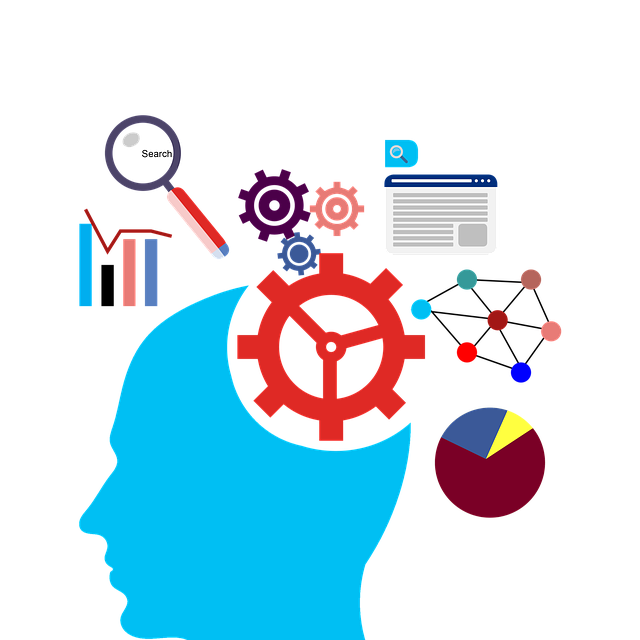AI avatars are transforming group fitness by offering dynamic, personalized workouts through real-time motion tracking and feedback. This technology enhances engagement, makes workouts inclusive for all levels, and introduces gamification to motivate users. While providing significant benefits like remote collaboration, it faces challenges with data privacy, movement tracking accuracy, and maintaining the human connection, impacting user retention.
In the rapidly evolving digital fitness landscape, virtual agents are transforming how we work out. With advancements in AI avatar mirroring technology, virtual fitness group sessions have become more engaging and personalized than ever before. This article delves into the role of AI avatars in these sessions, exploring how they analyze user metrics to enhance performance and motivation. We’ll discuss the data collected, benefits, and challenges of this innovative approach, shedding light on the future of fitness.
- The Role of AI Avatars in Fitness Group Sessions
- Analyzing User Metrics: What Data is Collected?
- Benefits and Challenges of Virtual Fitness with AI Mirrors
The Role of AI Avatars in Fitness Group Sessions

In today’s digital fitness landscape, AI avatars are transforming group sessions into dynamic and interactive experiences. These virtual assistants, designed to mirror user movements, offer a unique advantage by providing real-time feedback and motivation during workouts. By analyzing individual metrics such as form, pace, and effort, AI avatars can tailor their guidance to each participant, ensuring optimal performance and safety. This personalized approach enhances engagement, making group fitness sessions more inclusive and effective for all levels of exercisers.
Furthermore, the use of AI avatars adds an element of gamification, where users are incentivized to improve their metrics and compete against themselves or others in a supportive environment. This technology not only revolutionizes traditional group exercise routines but also fosters a sense of community, even when participants join remotely. With AI avatar mirroring, fitness enthusiasts can benefit from guided workouts that feel highly customized, creating a vibrant and bustling atmosphere that keeps them coming back for more.
Analyzing User Metrics: What Data is Collected?

In the realm of virtual fitness, analyzing user metrics is a cornerstone of personalized training. When an individual signs up for a digital workout platform, various data points are collected to create a comprehensive understanding of their fitness journey. This includes tracking physical activities such as exercises performed, duration and intensity levels, as well as physiological metrics like heart rate and calorie burn during workouts. Additionally, user behavior patterns within the virtual environment, such as engagement with different training modules or preferences for workout types, are also closely monitored.
One innovative aspect of this process is the integration of AI avatars mirroring users’ movements in group sessions. By analyzing these visual cues, algorithms can assess form and technique, providing real-time feedback to enhance performance. This technology goes beyond mere observation; it collects detailed information about each participant’s unique movement patterns, ensuring tailored guidance for optimal fitness outcomes.
Benefits and Challenges of Virtual Fitness with AI Mirrors

The integration of AI avatar mirroring in group fitness sessions offers several advantages. It allows for personalized training experiences, where each participant has their own virtual coach that adapts to their unique needs and progress. This technology can enhance motivation by providing real-time feedback and visualization, helping individuals stay on track with their fitness goals. Moreover, AI mirrors enable seamless remote collaboration, breaking down geographical barriers and allowing diverse communities to connect and exercise together virtually.
However, challenges exist in this emerging trend. Data privacy and security concerns are paramount, as sensitive fitness metrics must be handled securely. Ensuring the accurate tracking and representation of body movements and forms using AI technology can also be complex, potentially leading to errors or misinterpretations. Additionally, while AI mirrors offer convenience, they may not replace the human connection and motivation derived from in-person classes, which could impact user engagement and retention.
Virtual fitness is transforming group exercise, leveraging AI avatar mirroring to create engaging, personalized experiences. By analyzing user metrics from motion tracking and biometric data, these virtual agents can adapt workouts in real-time, offering a dynamic and inclusive environment. While challenges remain, the benefits of this technology – including accessibility, convenience, and tailored guidance – make it a promising game changer for the fitness industry.
